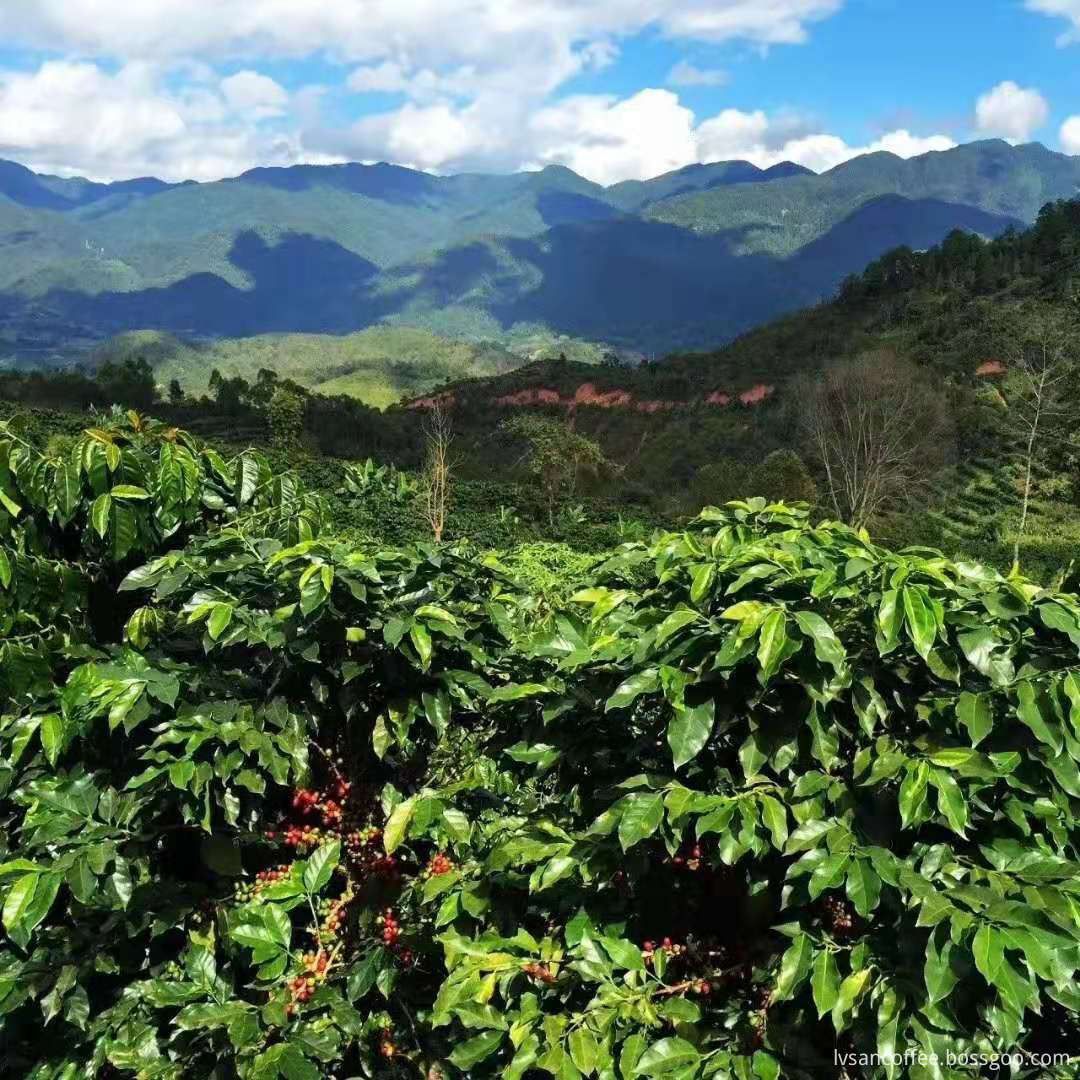Wheat bush dwarf disease can cure
Wheat plexus dwarf virus disease, the pathogen of the northern sash mosaic virus, spread by the planthopper. After taking the sap from the host plant, the Laodelphax striatellus can't transmit the poison immediately. It is necessary to pass a circulatory period in the insect body to transmit the virus. The mean circulation temperature at 26.7°C averaged 10 to 15 days, and averaged 15.5 days at 20°C. Once the poison has been picked up, it can be transmitted for life, but it cannot be passed on to the offspring through eggs. The winter wheat planthoppers in the winter wheat area migrated from the virus-bearing overwintering host to the hazard of the wheat field in autumn, resulting in the onset of early sow autumn seedlings. Poisonous nymphs in the rhizosphere of the weeds or earth seams overwintering, the next year moved to the wheat plant harm. After wheat matures, the flyheads migrate to summer wheat and rice and other grasses. The incidence of susceptible strains is related to temperature. When the average daily temperature is 16°C, the incubation period is generally 10 to 11 days. When the average daily temperature is 22°C, the incubation period is generally 11 days. Wheat bush dwarf virus has a wide range of hosts and can infect 62 grass crops and weeds. Wheat, barley, etc. are the main wintering hosts of the virus. Winter wheat sowing is too early, summer and autumn are rainy, winter is warm and cold, and wheat fields adjacent to grassy slopes and weeds are heavy.
There is no medicine to cure after the occurrence of bushy dwarf disease in wheat. The prevention and control of the virus-mediated mediators is the most fundamental measure to control the disease. Remove weeds from fields and fields, but early sowing can reduce the incidence of diseases. When the emergence of wheat in autumn reaches 20%, if there is a large amount of insects in the field, use imidacloprid and other agents to prevent and control; in the middle and late stages of wheat growth, combined control of aphids and other pests can be controlled by imidacloprid and other agents. In lightly affected fields, spraying anti-viral drugs such as 1.5% phytosanitary II or 20% virus A can reduce disease in the field to some extent.
China Green Coffee Beans
flavor: mellow and balanced, with fruit acid flavor, nuts, honey, chocolate, citrus;
Variety:Aribica
processing method: washing;
water content: less than 12%;
packaging: 60kg / bag
In 1892, French missionary father Tian Daneng preached in Dali, Yunnan Province, China. In order to drink coffee, he taught local villagers to grow and drink coffee. Up to now, coffee has been planted in Yunnan Province of China for more than 100 years, with an area of 120000 mu. Most of the varieties planted in Yunnan are ccatimor, with an altitude of 1000-1500m, The coffee produced in Yunnan has a balanced taste, rich nut and citrus flavor, some of which are very sweet, with obvious taste of chocolate, toffee and maple sugar. It is one of the high-quality coffee producing areas. Our coffee is produced at the junction of Puer and Burma - the Myitkyina original jungle beans at 1500-1750, with a rich flavor, high aroma and high sweetness. The 2019 international coffee cup Masters Tournament (China finals) is sponsored by beans.

Bulk Green Coffee Beans,Light Roast Coffee Beans,Green Robusta Coffee Beans,Arabica Roasted Coffee Beans
Yunnan New Biology Culture Co,.Ltd , https://www.lvsancoffee.com